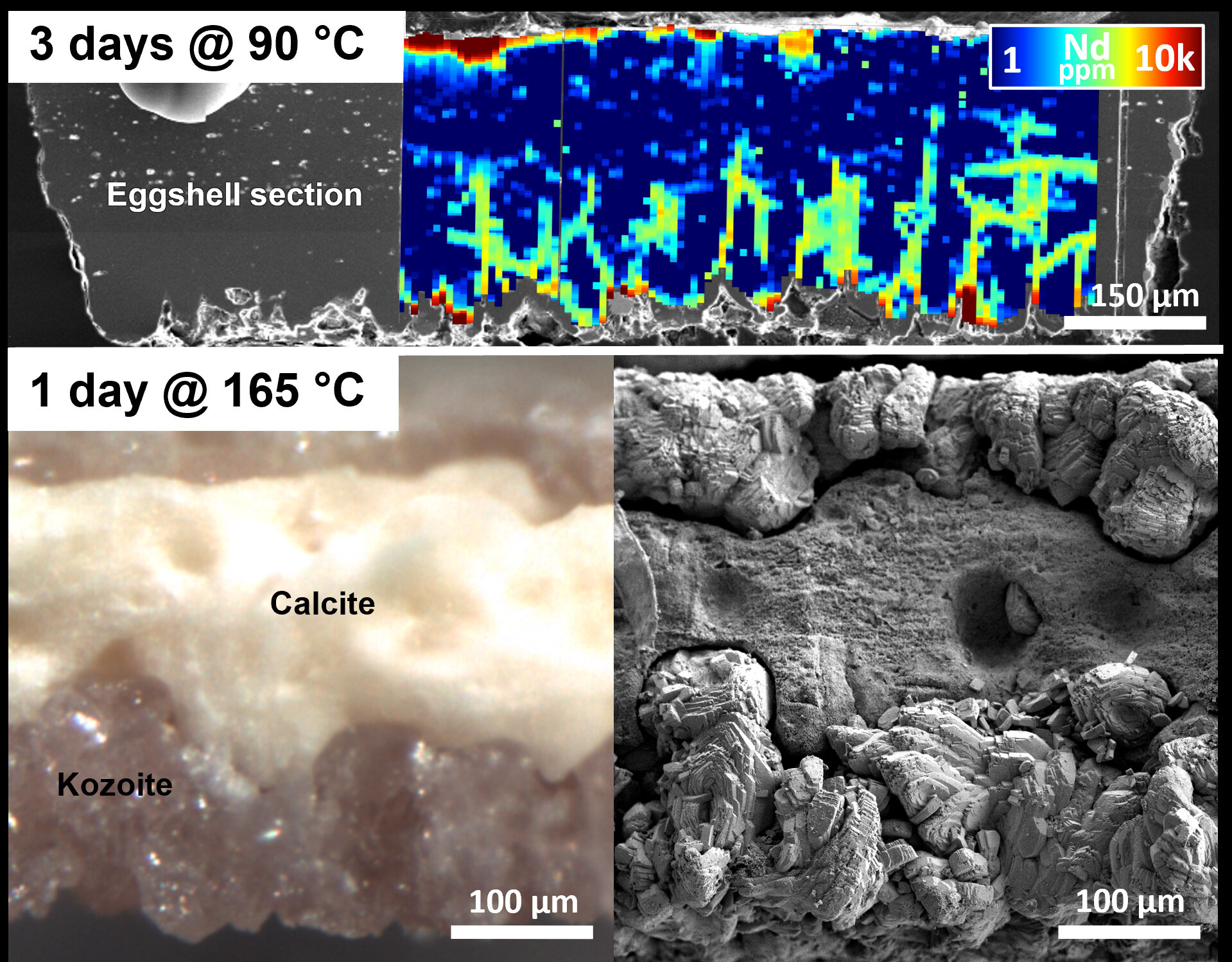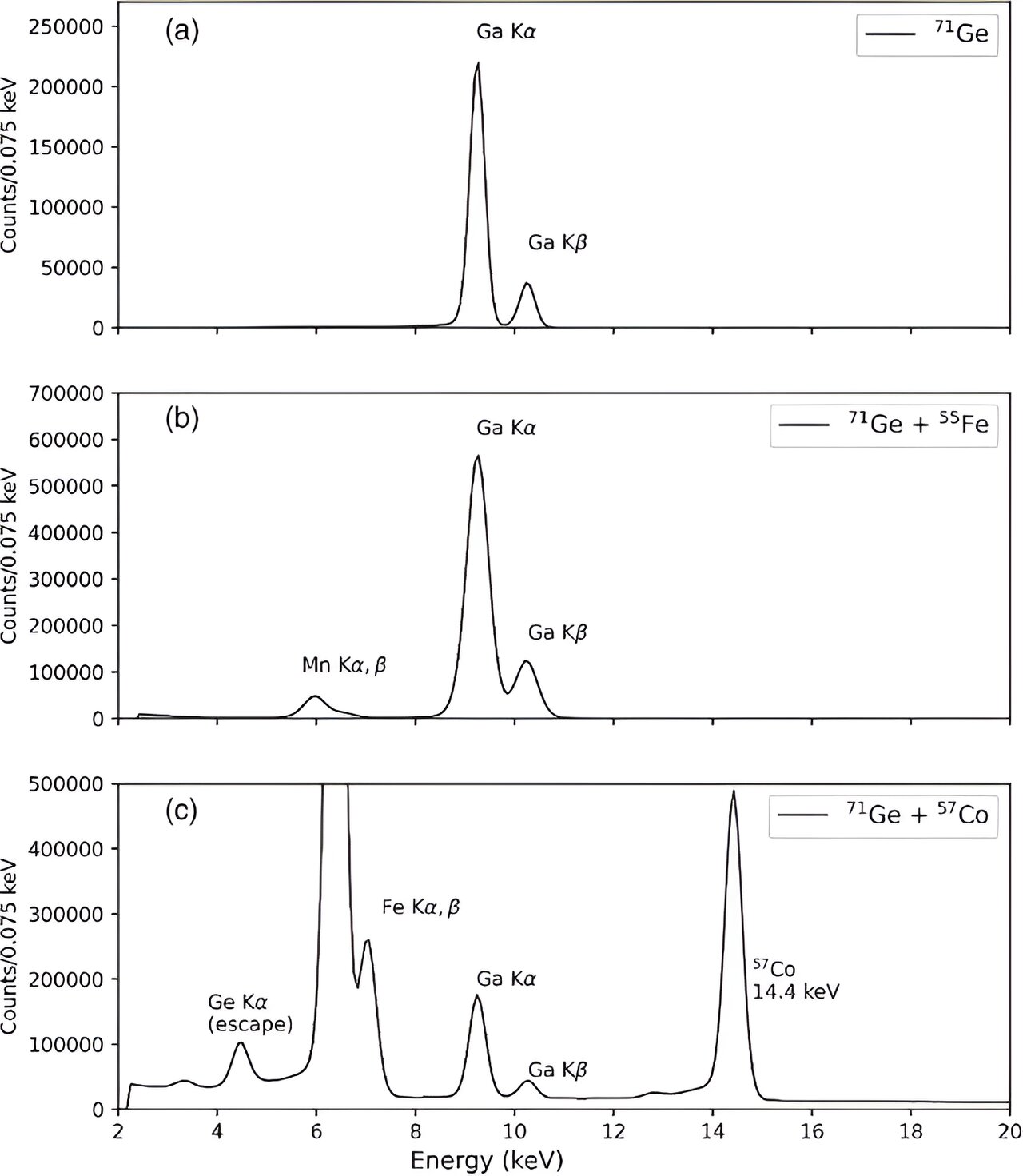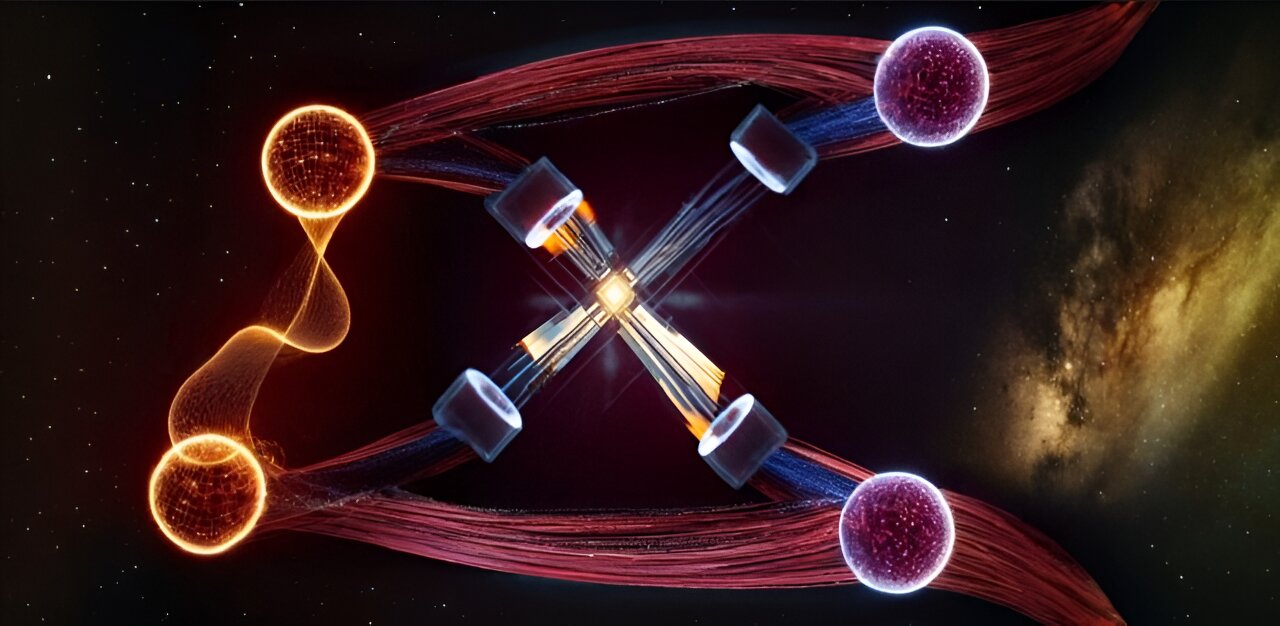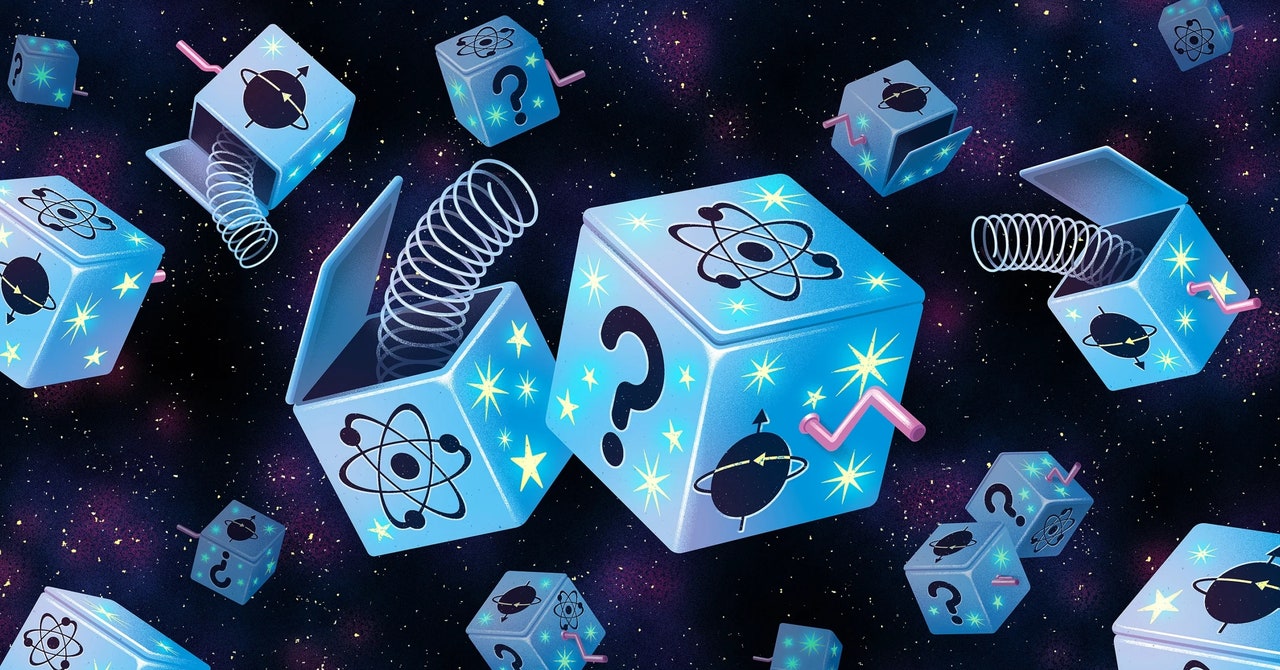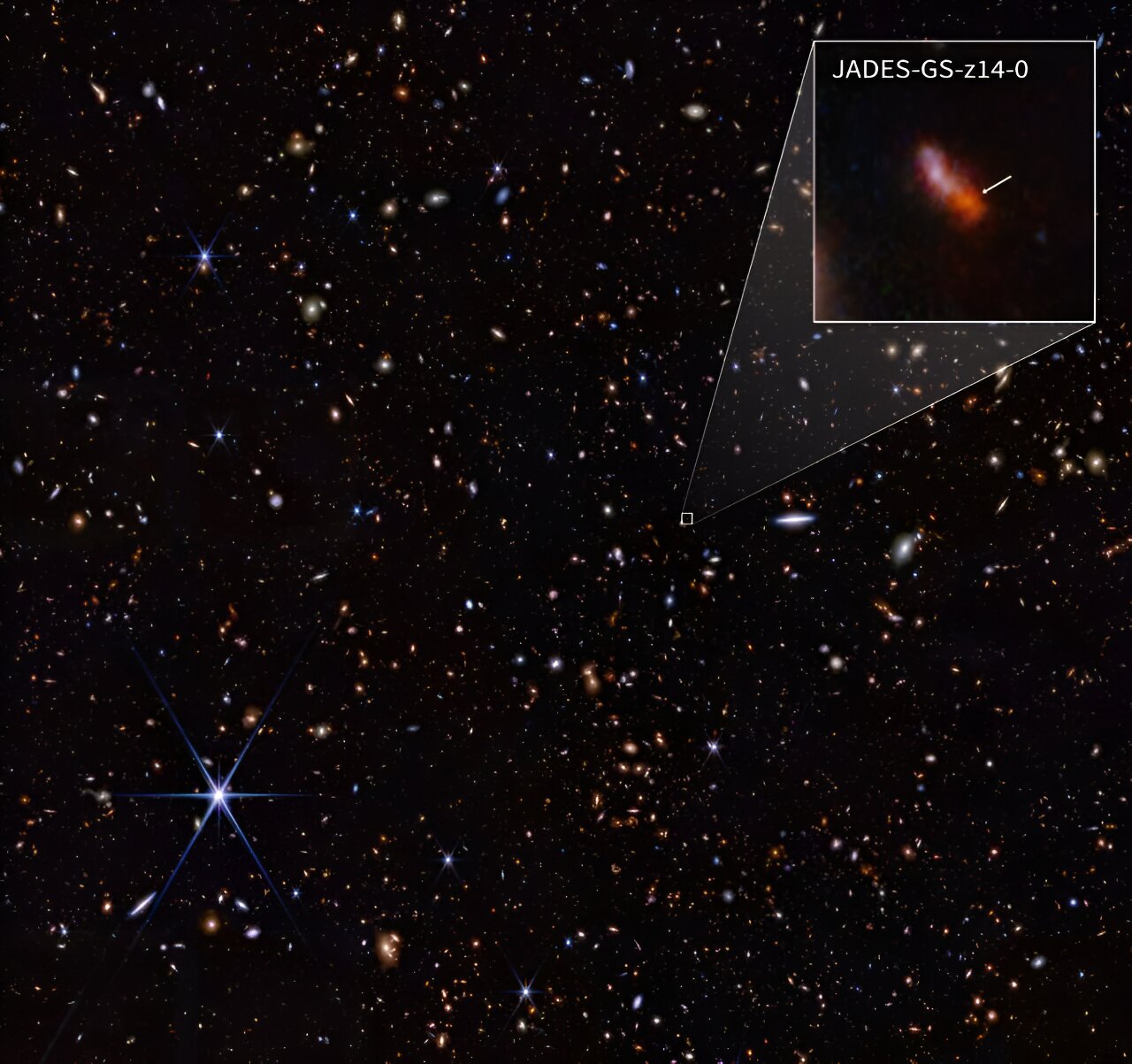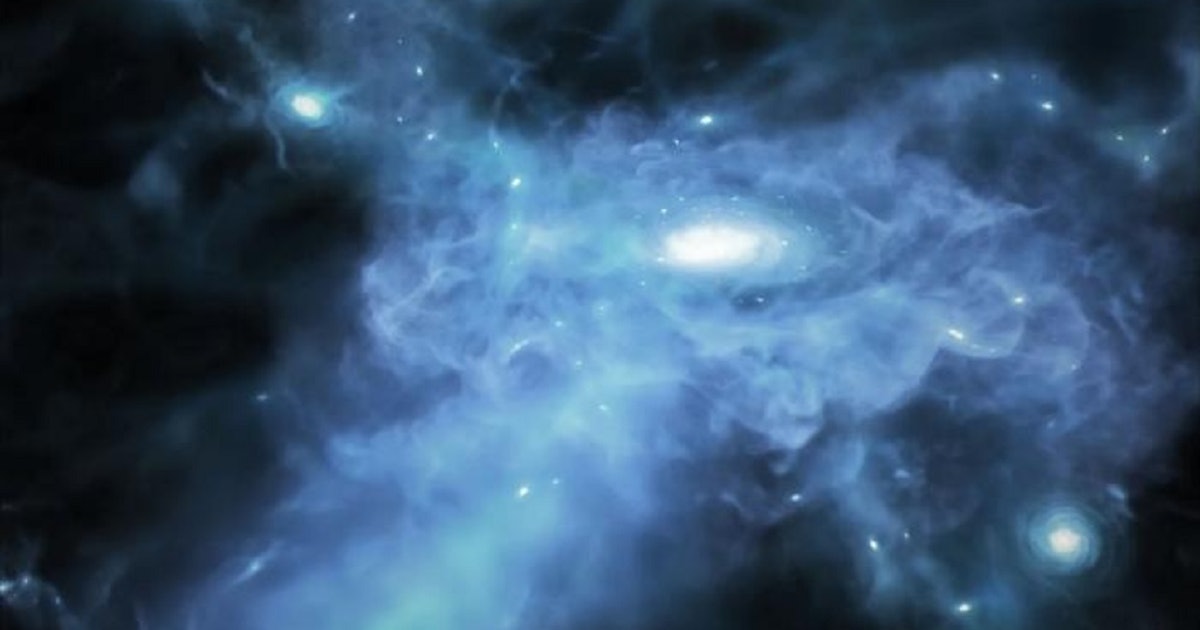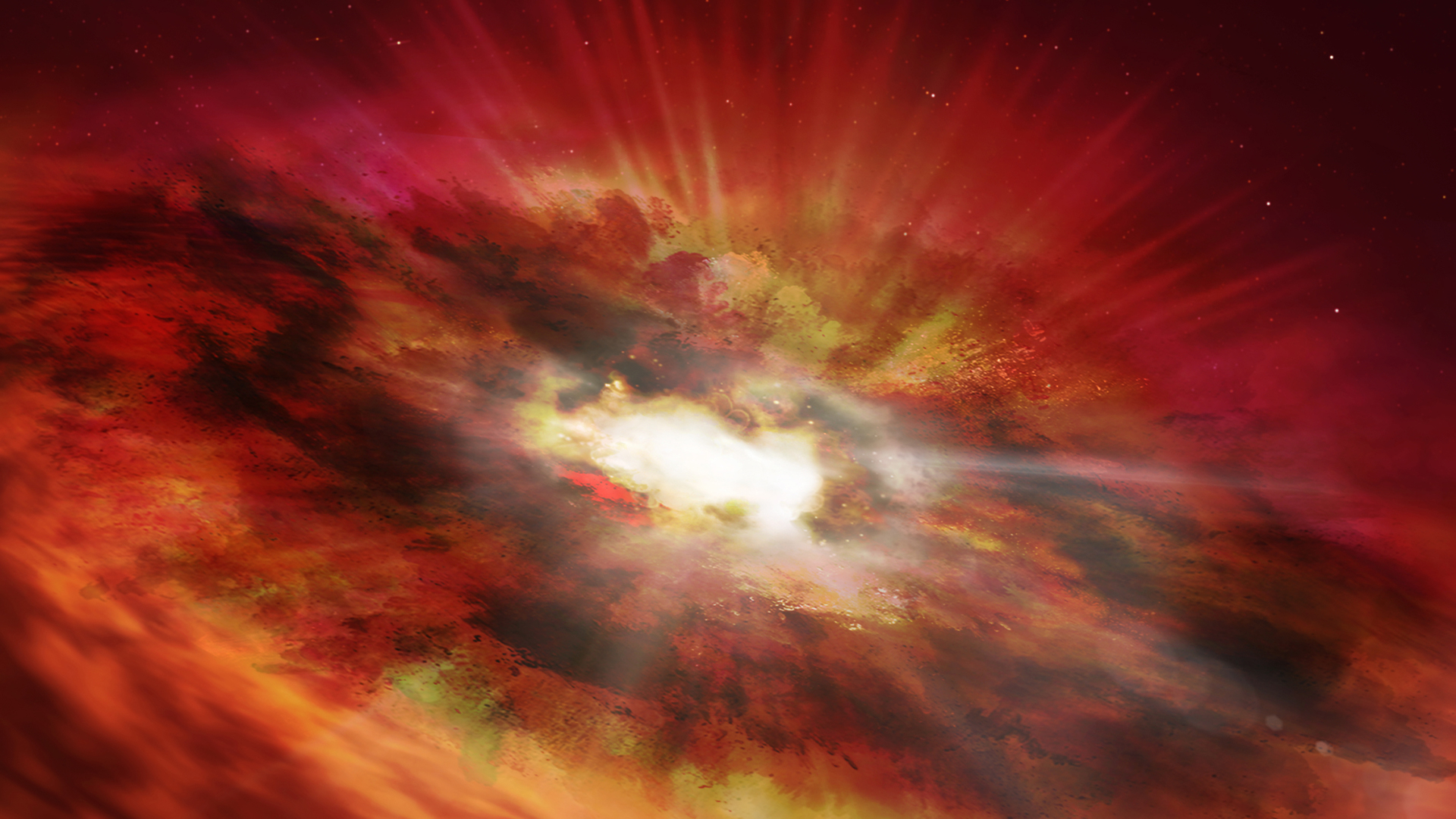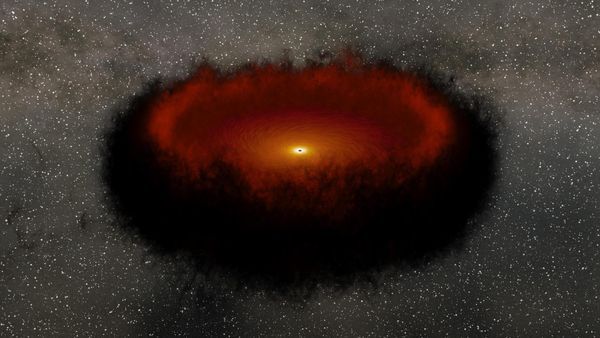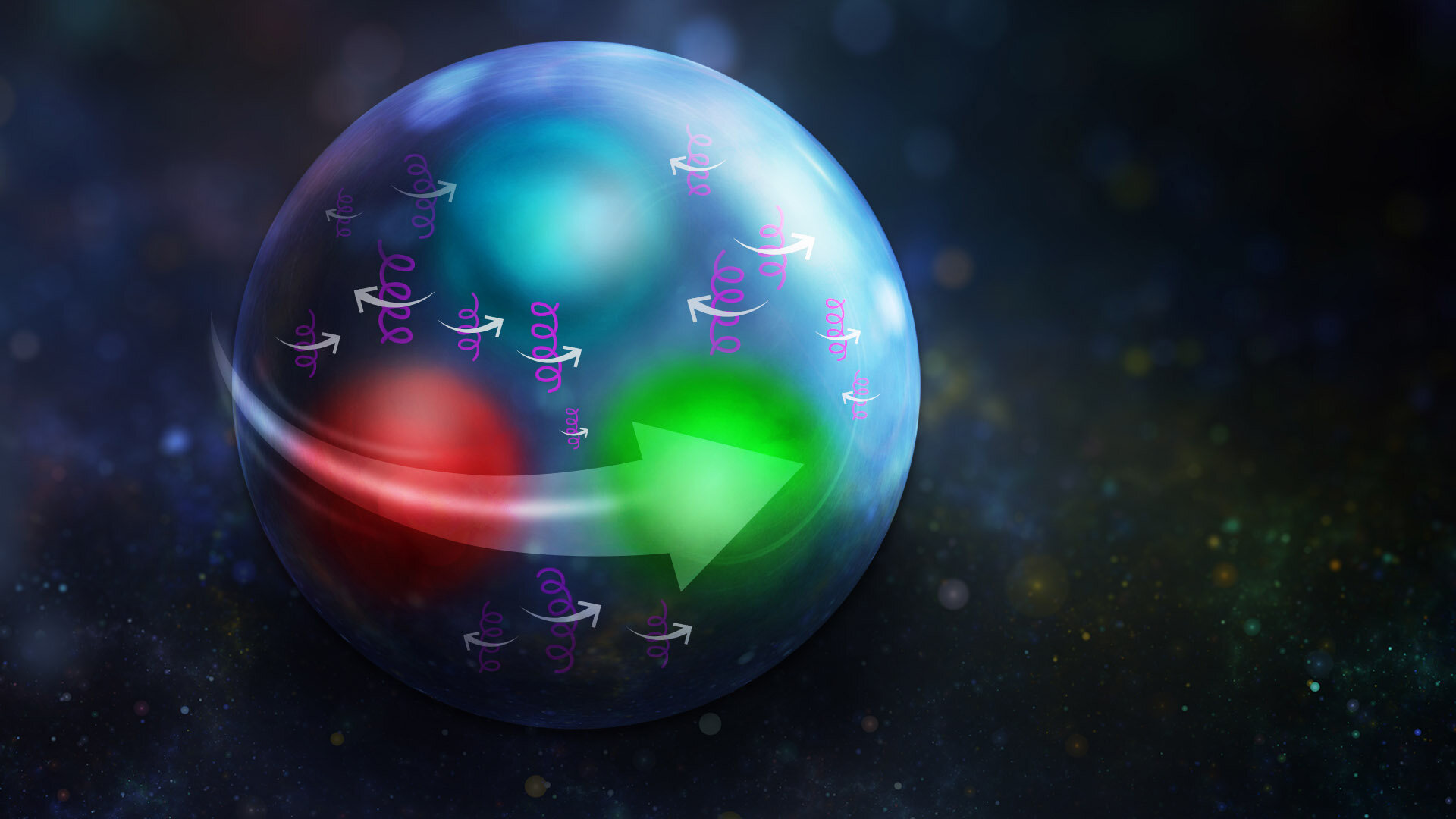A groundbreaking discovery: eggshell waste can recover rare earth elements needed for green energy
Composite image using high-resolution microscopy and spectroscopy showing the absorption and replacement processes of rare earth elements in the eggshell. Credit: Prof. Juan Diego Rodriguez-Blanco, Trinity College Dublin A collaborative team of researchers has made a groundbreaking discovery with the potential to have a significant impact on the sustainable recovery of rare earth elements (REEs), … Read more
